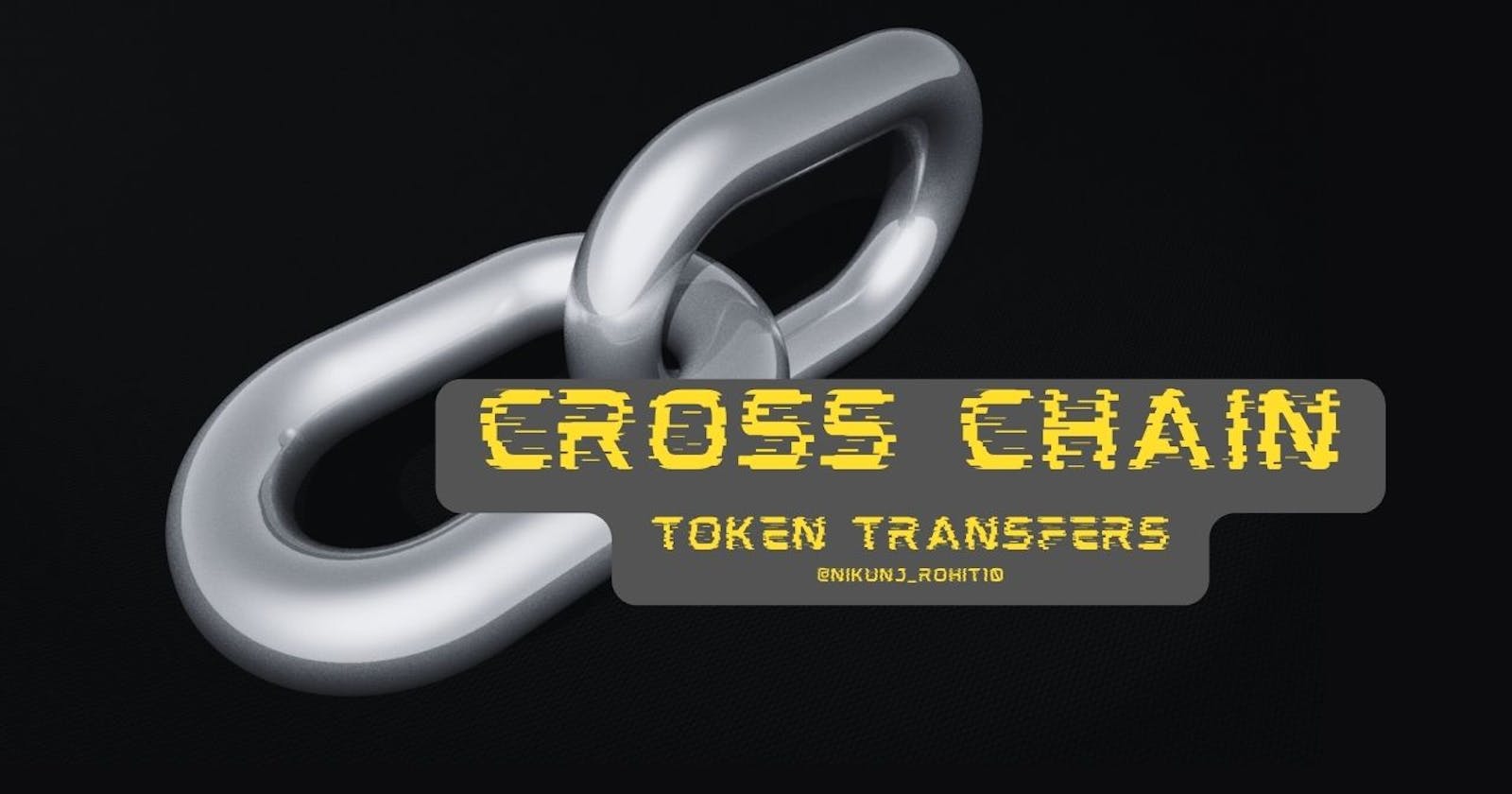In this new world of blockchain technology. Getting to grips with the core concepts of tokens, coins, cross-chain functionality, and their significance in the crypto market isn't just helpful – it's essential. So, let's take a journey through these ideas, looking at them through the eyes of a developer.
What's the scoop on tokens? 🕵️♂️🎫
A token is not only something sentimental (like a keepsake) or symbolic (like your friendship bracelet). You, yourself, can also be a token: If you're the only female in your office, for instance, and you were hired just so there'd be at least one woman, then you're the "token female." Tokens can also be a kind of special currency, like the coins you use in slot machines. Before the Metro Card, Ahmedabad City metro riders paid their fares with tokens.
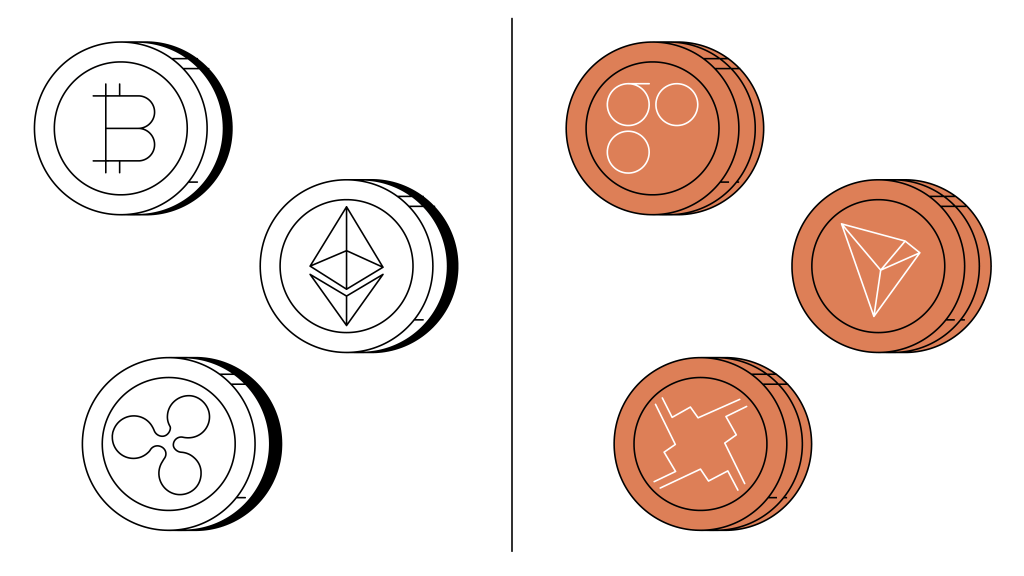
Cryptocurrencies typically serve as a medium of exchange or store of value. A medium of exchange is an asset used to acquire goods or services. A store of value is an asset that can be held or exchanged for a fiat currency at a later date without incurring significant losses in terms of purchasing power.
There are several widely used token standards for creating crypto tokens, the majority of which have been built on top of Ethereum. ERC stands for "Ethereum Request for Comments," and it refers to a set of standards or proposals for the Ethereum blockchain. These standards define rules, protocols, and specifications for various aspects of Ethereum, such as token creation (e.g., ERC-20 for fungible tokens), non-fungible tokens (e.g., ERC-721), and more.
ERCs (Ethereum Request for Comments) play a vital role within the Ethereum ecosystem. They're like the magical wand 🪄 ensuring compatibility, interoperability, and uniformity. Developers use them to craft DApps 📱, smart contracts 🧙♂️, and digital assets 🚀 that follow established conventions, making them more user-friendly and easily jigsawed into other Ethereum projects. With new tokens sprouting up like mushrooms 🍄 to tackle blockchain's expanding horizons, we're on track for a remarkable token parade! 🎉🪙
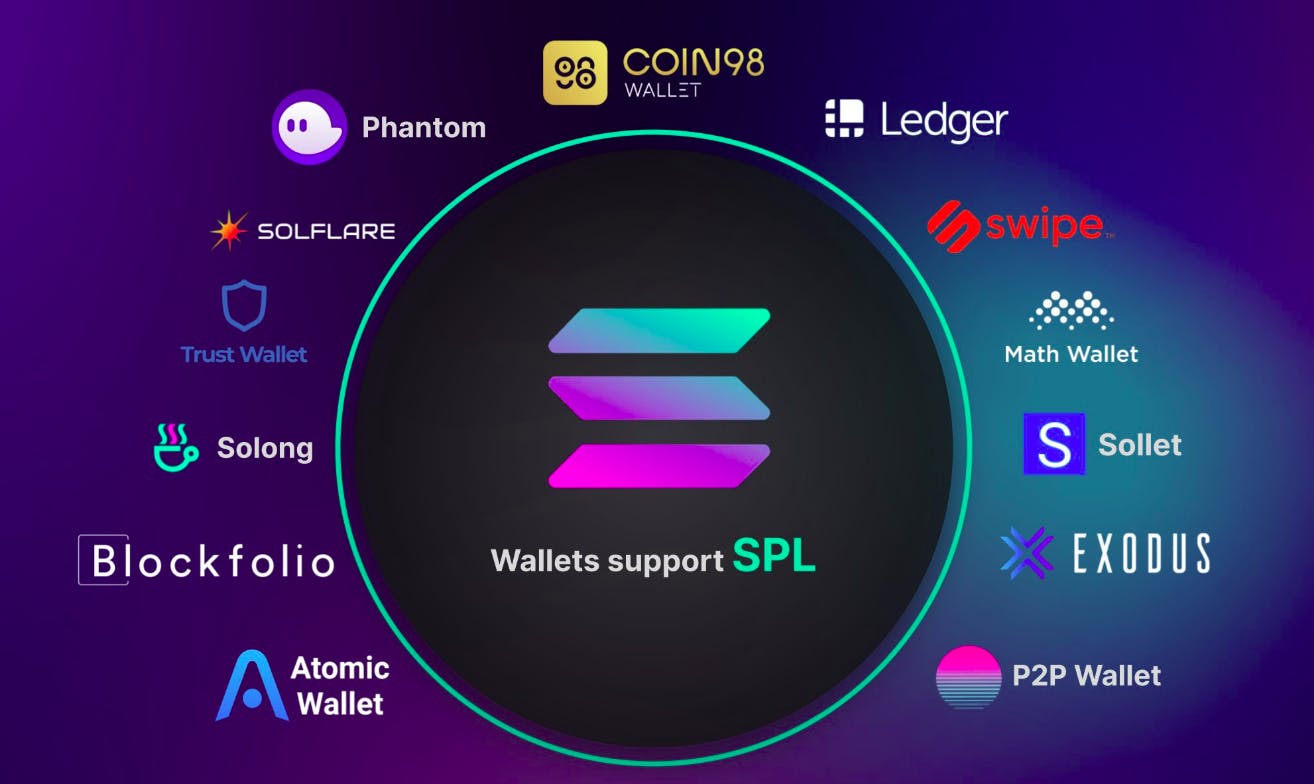
In the Solana ecosystem, token standards are contained in the Solana Program Library (SPL), which is a library of on-chain software programs that run on the Solana chain’s runtime. SPL-compliant tokens are compatible with the Solana chain and Solana wallets and add to composability in the Solana ecosystem. Solana tokens are covered by the Solana Token Program, which is part of the overall SPL. This program creates a standardized interface for the creation, issue, transfer, and destruction of Solana-compatible tokens
Unlike ERC standards (excluding ERC-1155), which are separate for fungible and non-fungible tokens, SPL incorporates both. The functionality of different SPL tokens can vary within the SPL standard, as they can be NFTs, fungible tokens with a low circulating supply, or tokens that combine the features of other types.
You can read more on this site: spl.solana.com/token
What is a coin? 💰

A "coin" in the cryptocurrency universe is a bit like a digital version of traditional money, think rupee 💵, dollars 💵, or euros 💶. But what sets it apart is that it comes with its very own digital kingdom, akin to having its personal bank 🏦. This means it doesn't rely on any other digital system or platform.
Unlike those quirky crypto "tokens," coins don't have special roles like voting or renting computer space. They're more like your everyday currency, perfect for buying goodies 🛒 or stashing away your digital wealth 💰.
Each coin typically has its own digital ledger, like a fancy accountant's book 📖, meticulously keeping tabs on who possesses it and where it's jetting off to. You can only use these coins within their specific digital realms, just as you'd use the Rupee only in India🇮🇳.
Sometimes, you can trade one type of coin for another, like swapping dollars for euros at the airport 💱, or you can even trade coins for tokens. But you'll need special spots called exchanges for these adventures 🏪. It's akin to popping into a currency exchange booth on a grand digital journey! And for the bold and savvy, there are clever ways to trade without middlemen, just like directly swapping cash with a friend. It's all part of the exciting digital money universe! 🌌💫🚀
How do tokens and coins in the cryptocurrency differ from each other?
🤔💰
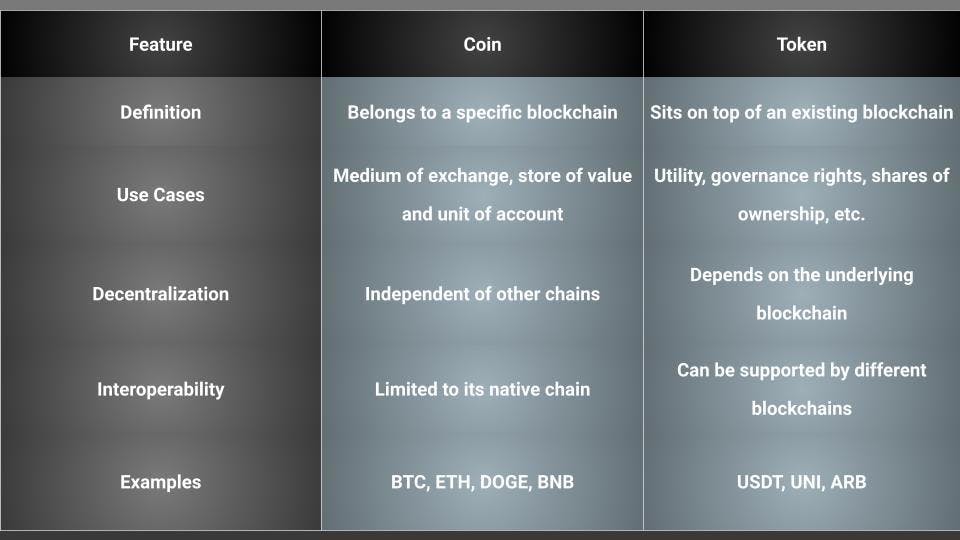
Let's use Solana-based tokens as examples to illustrate the concept of tokens in the cryptocurrency world:
Solana Coin (SOL) 🚗: Think of SOL as having your own car 🚗. It's the native currency of the Solana blockchain, giving you the freedom to go anywhere within the Solana ecosystem. Just like a car, SOL is versatile; you can use it for transactions, staking, or anything else you need on Solana's superhighway.
USDC on Solana 💵: USDC on Solana is like renting a car 🚘. It's a token operating on Solana but representing US dollars 💲. You can use it for specific tasks like stable trading or speedy transfers within Solana's infrastructure. It's a bit like renting a car when you need it.
RAY Token (Raydium) 🚀: Imagine Raydium's RAY token as a specialized vehicle 🏎️. Raydium is a decentralized exchange (DEX) on Solana, and RAY tokens are your ticket for governance and providing liquidity within the Raydium universe. These tokens are designed for specific tasks within Raydium, just like a unique car built for a particular purpose.
Saber Token (SBR) 🌊: Saber, another DeFi protocol on Solana, introduces the SBR token 🏄♂️. It's akin to RAY in that it's used for liquidity provision and governance but within the Saber ecosystem. Think of it as renting a specialized surfboard 🏄 tailored for a specific kind of adventure within the vast Solana sea! 🌊🌴🌞
Importance of tokens in the crypto market.
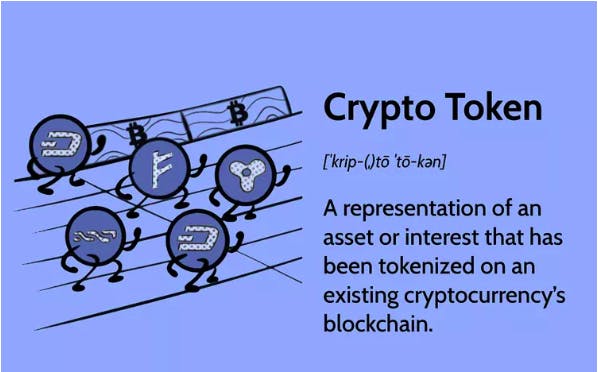
Cryptocurrency tokens offer several advantages:
🏆 Ownership Made Easy: Tokens are like digital certificates 📜 representing assets, making ownership a breeze.
🤝 Peer-to-Peer Perfection: They enable direct, low-cost peer-to-peer transactions 🤑 by cutting out middlemen. No more middle-person dance!
🌎 Global Trading Galore: Tokens facilitate global trading 🌍, no matter where you are on the map 🗺️. Boundaries? What are those?
🔐 Fortress of Security: Thanks to blockchain tech, transactions are super secure 🔒 and tamper-proof, waving goodbye 👋 to fraud risks.
✈️ Swift Cross-Border Swings: They speed up and cheapen cross-border payments 🌐, leaving old-school methods in the dust.
💼 Investment Diversification: Tokens let you diversify your investments 📈 without hoarding physical assets. Diversify like a pro!
💧 Liquidity on Tap: They offer liquidity 🌊 through 24/7 trading on crypto exchanges. Trade anytime, day or night!
🗝️ Direct Ownership & Control: Holders get direct ownership and control 👩🚀, aligning perfectly with decentralization principles. It's your crypto kingdom! 🏰
Can you explain blockchain like I'm a curious kid at a high-tech playground? 🤔🏞️
Yes, why not!! Blockchain is like a digital diary 📖 where you can write stuff, but once it's in, it's there forever! Each page (block) has a list of things written on it (transactions), and it's shared with everyone in the gang. This high-tech diary is super transparent and secure, so it's not just for cryptocurrency; it's like a superhero for things like tracking supplies 📦, voting 🗳️, or making sure digital stuff is real 👾. And the best part? No bossy boss needed - it's all about trust and honesty among friends! 🤝🌐🔐
Can you simplify "cross-chain" for me? 🤔🔗
Let's Imagine Cross-Chain like a digital bridge 🌉 connecting two independent Blockchain islands. It's as simple as two pals passing notes in class – only these notes are code! 📝✨ Cross-Chain links two different Blockchain gangs, using a standardized codebase that speaks the same language. This helps them chat and collaborate like old friends. But here's the twist: They need similar secret codes (protocols) to understand each other's conversations! 🗣️🤝
So, why's this so cool? Well, Blockchains are like speaking different languages. If one's chattering in English and the other's all about Spanish, Cross-Chain talks become a real head-scratcher! 🤯🔤 But when they share a secret translator (protocol), magic happens – Blockchains understand each other, and exciting possibilities unfold! 🎩🌟
Cross-chain tech is like the superhero 🦸 of the blockchain world. It kicks out those pesky middlemen 👋, paving the way for blockchain buddies to chat and share stuff across different blockchains. 🌐💬 This opens the door to Web3 awesomeness! 🚪🌟
With cross-chain magic, you can move assets using nifty bridges 🌉, get info from blockchain oracles 🔮, and even run smart contracts that cross borders like international spies 🕶️. It's a whole new level of blockchain freedom! 🚀🔗💼
There are two types of these bridges:
Isomorphic Cross-Chains:
Think of these as islands that are really similar. They use the same security methods, rules for making decisions, and ways of verifying things. Because they're so similar, it's easier for them to talk to each other.
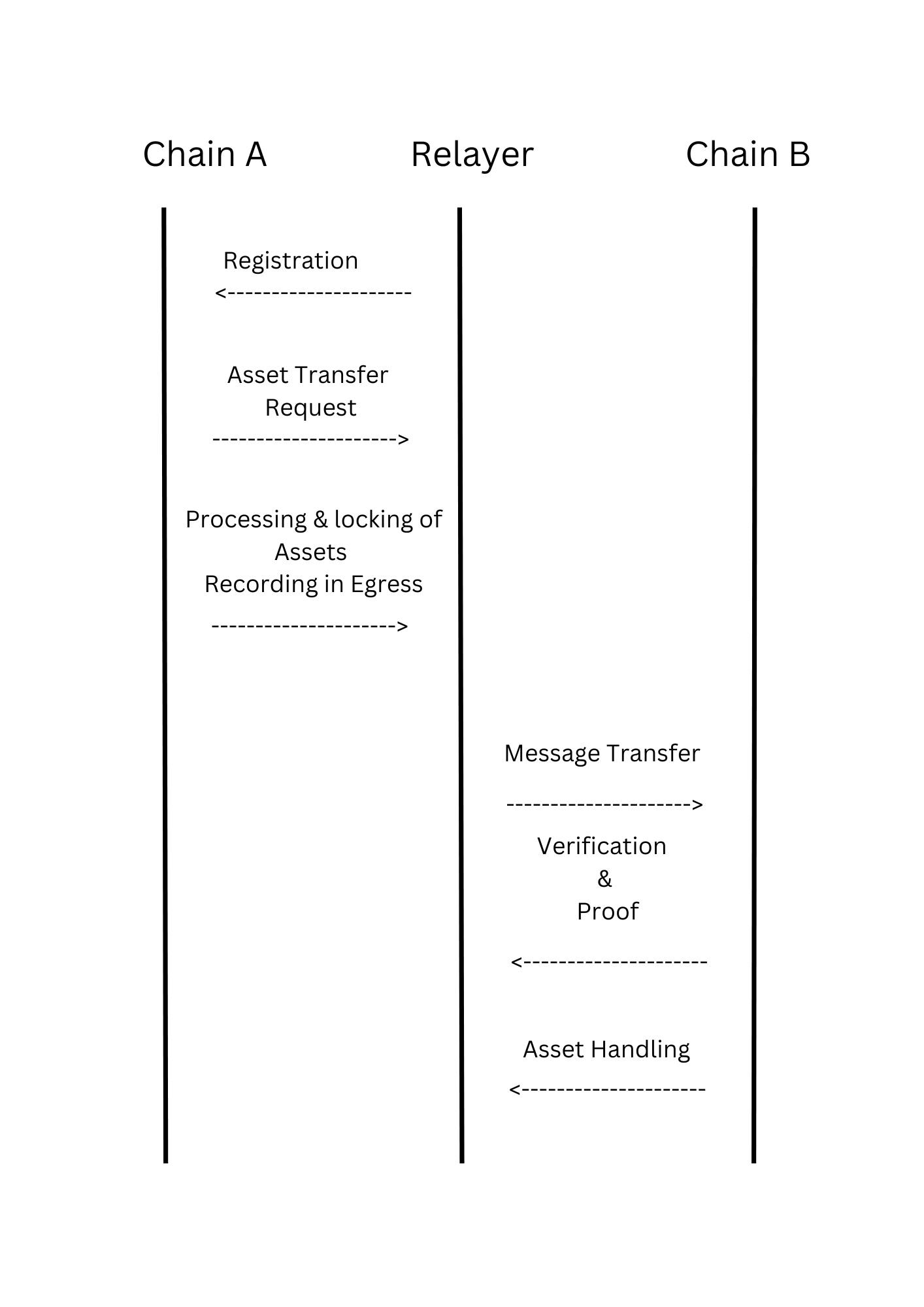
Heterogeneous Cross-Chains:
These are like islands that are quite different. They have their own unique ways of doing things. Some might use one kind of security, while others use something totally different. Because they're so different, it's harder for them to talk directly to each other. They might need a helper, like a translator or a guide, to help them understand each other.
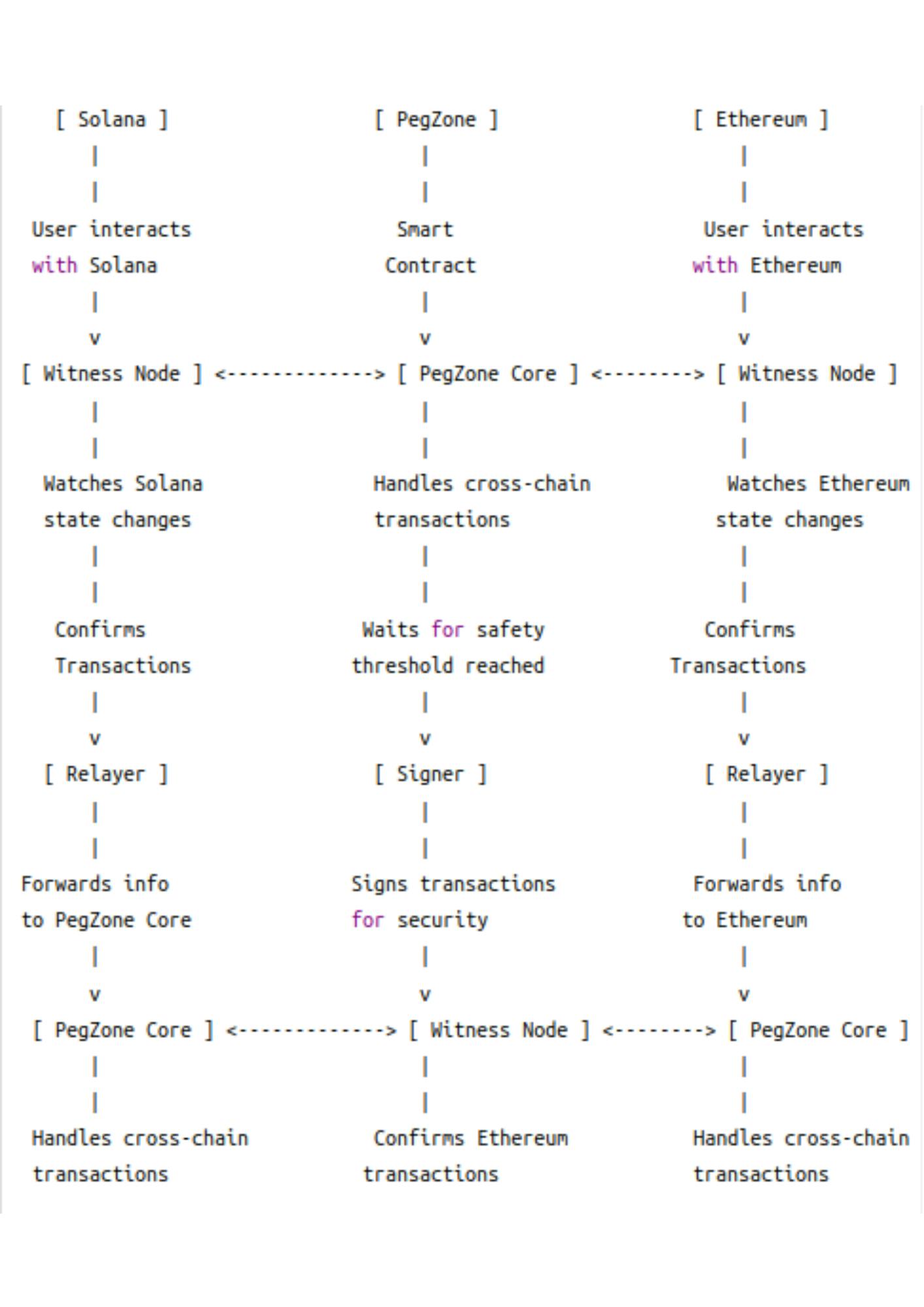
List of Cross-Chain Bridges
Binance Bridge
Multichain Bridge
Arbitrum Bridge
Polygon Bridge
Synapse Bridge
Tezos Wrap Protocol Bridge
Portal Token Bridge
Avalanche Bridge
Break down how token transfers work
Within a blockchain (on-chain) 🚀💱

Within cross-chain? 🚀💱

Summary:
In this blog, we've delved into the core concepts of tokens, coins, and the intriguing world of cross-chain technology. Tokens, like digital certificates, represent various assets and enable efficient transactions on the blockchain. ERC standards on Ethereum ensure uniformity and compatibility in token creation.
Coins, on the other hand, act as standalone digital currencies with their own blockchains, offering versatility in transactions and investments. They're like the money you use every day.
Cross-chain technology serves as the bridge between different blockchains, allowing them to communicate and share assets. It's the key to unlocking the full potential of blockchain technology and expanding its use cases.
In this ever-evolving crypto landscape, staying informed and engaged is crucial. Follow my LinkedIn and Twitter profiles for more fascinating insights and discussions on topics like these. Join me on this journey through the exciting world of blockchain technology and its endless possibilities! 🌐🚀🔗
